Table of Content
Thang Long Imperial Citadel | Introduction
The Thang Long Imperial Citadel is located in the center of Hanoi, Vietnam, and is a historical architectural complex closely related to the history of Vietnam. Most of the remnants of the Thang Long Imperial Citadel are located in the present-day Ba Dinh district of Hanoi, with a history dating back to the 11th century. Its construction began in 1010 and was initially completed in 1011 under the reign of Emperor Lý Thái Tổ (Lý Công Uẩn). Legend has it that when Lý Công Uẩn was sailing on the Red River, a golden dragon suddenly rose from the water and flew towards the sky. Lý Công Uẩn saw this spectacle as an auspicious symbol, believing it to be a blessed land bestowed by the gods. Therefore, he decided to establish the capital there and named it "Rising Dragon" (Thang Long).
In recorded history, the original site of the Thang Long Imperial Citadel was initially the center of power for the Protectorate of Annam of China (Tang dynasty). It was rebuilt into the Dai La Fortress in 866 after being recaptured by the Tang general Gao Pian. Later, in the 11th century, it evolved into the Thang Long Imperial Citadel and was used as the royal palace for the Ly dynasty. From the Ly dynasty in 1010 to the Nguyen dynasty in 1810, the Thang Long dynasty remained the center of Vietnamese dynasties. Through centuries of expansion and reconstruction, it witnessed many significant events in Vietnamese history.
The architectural complex was initially constructed with a triple-walled design, including the outer main defensive works, the middle Imperial City, and the inner Forbidden City. The central area of the Imperial City was listed as a UNESCO World Heritage Site in 2010. The surrounding ruins are currently still being systematically excavated by archaeologists.
Thang Long Imperial Citadel | Visitor Information
If you are staying near Hoan Kiem Lake, the distance is about 2 kilometers if you walk. You can also take a Grab to the Thang Long Imperial Citadel, which is only about a 5-minute drive.
Find a stay in Hanoi
In 2023, the admission fee for adults to the Thang Long Imperial Citadel is 31,000 Vietnamese Dong per person, while the student ticket is 15,000 Vietnamese Dong (a valid student ID must be presented). Children under 15 years of age are admitted for free. The Thang Long Imperial Citadel is open all year round, with opening hours from 08:00 to 17:00 during the summer months (April to October).
Thang Long Imperial Citadel | Highlights
Upon first entering the Thang Long Imperial Citadel, many visitors merely walk around after passing through the main gate and then leave. In fact, most of the central buildings were constructed during the French colonial period or later during the era of the Vietnamese Communist Party, and are not the original structures of the Imperial City. These parts are not the main focus of the visit, as they were built after the feudal period, during the French colonial era or later by the Vietnamese Communist Party. The interiors of these buildings are currently used for static displays of cultural relics. Below, I have categorized and summarized the parts that are more worth spending time to carefully explore.
Historic buildings
Doan Mon (The main gate)
Upon entering the Thang Long Imperial Citadel, the first thing you encounter is the majestic main entrance. Our visit coincided with the New Year, and the uniform sunflowers were thriving, presenting a sight of prosperity. The Doan Mon is the main entrance to the central area of the Imperial City and the first stop for visitors entering the citadel. If you look closely, there are five gates, which were used to segregate people according to their social status; the middle gate was exclusively for the emperor, while the side gates were for officials and commoners.
The current Doan Mon was constructed during the Le dynasty and later restored during the Nguyen dynasty. It is evident that the architectural style of the Thang Long Imperial Citadel is more majestic than the Hoa Lu Ancient Capital we visited before, reflecting the influence of Chinese architectural styles from the Tang and Song dynasties on the layout and design of Vietnamese architecture.
![Hanoi, Vietnam] Thang Long Imperial Citadel | 1300 Years of Vietnam's Imperial Palace 1 Thang Long Imperial Citadel,Thang Long Imperial Citadel 1](https://blog.travelhackfun.com/wp-content/uploads/2024/01/Hanoi-472.jpeg)
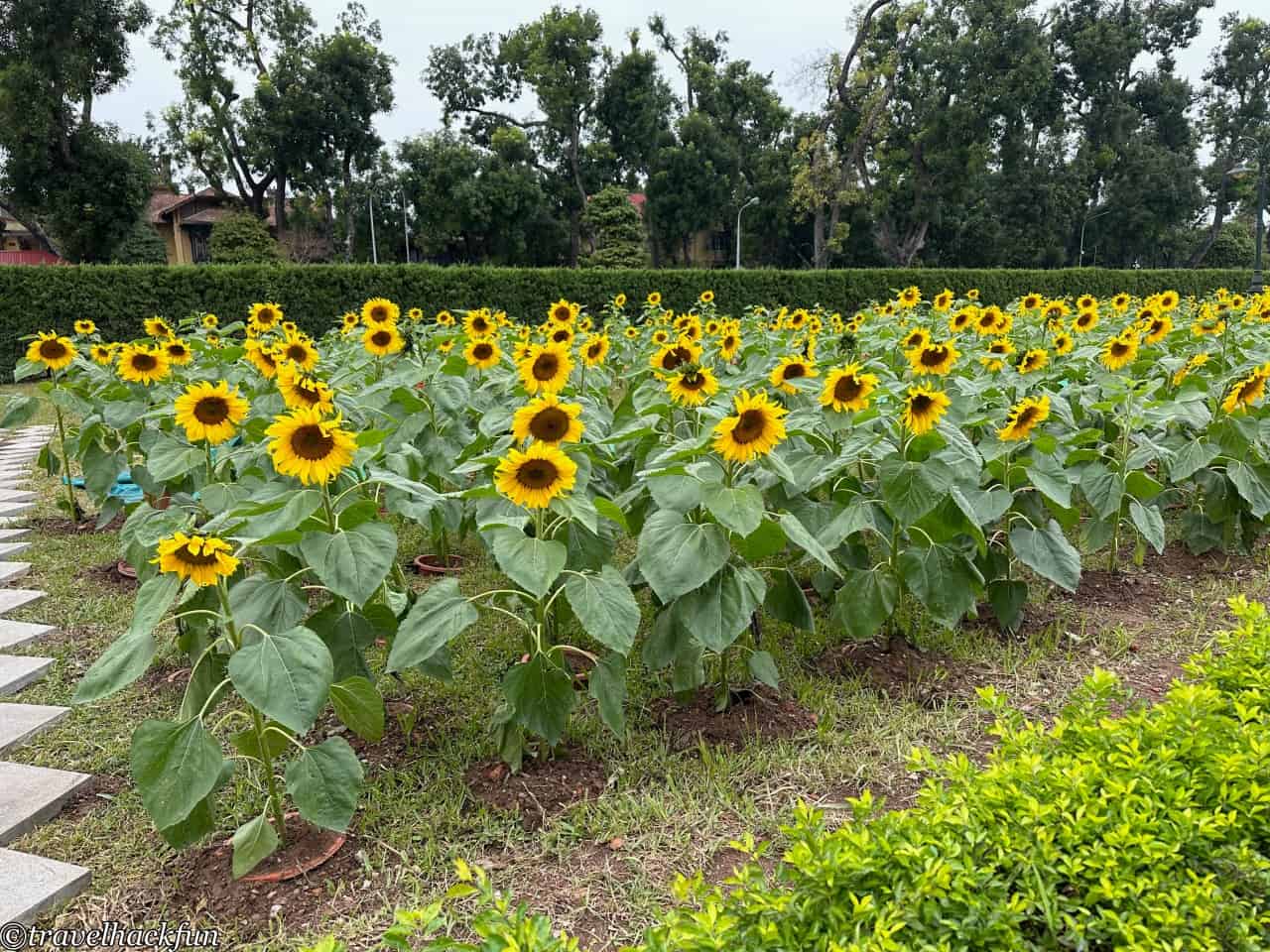
![Hanoi, Vietnam] Thang Long Imperial Citadel | The Imperial Palace of Vietnam spanning 1300 years 3 Thang Long Imperial Citadel,Thang Long Imperial City 3](https://blog.travelhackfun.com/wp-content/uploads/2024/01/Hanoi-475.jpeg)
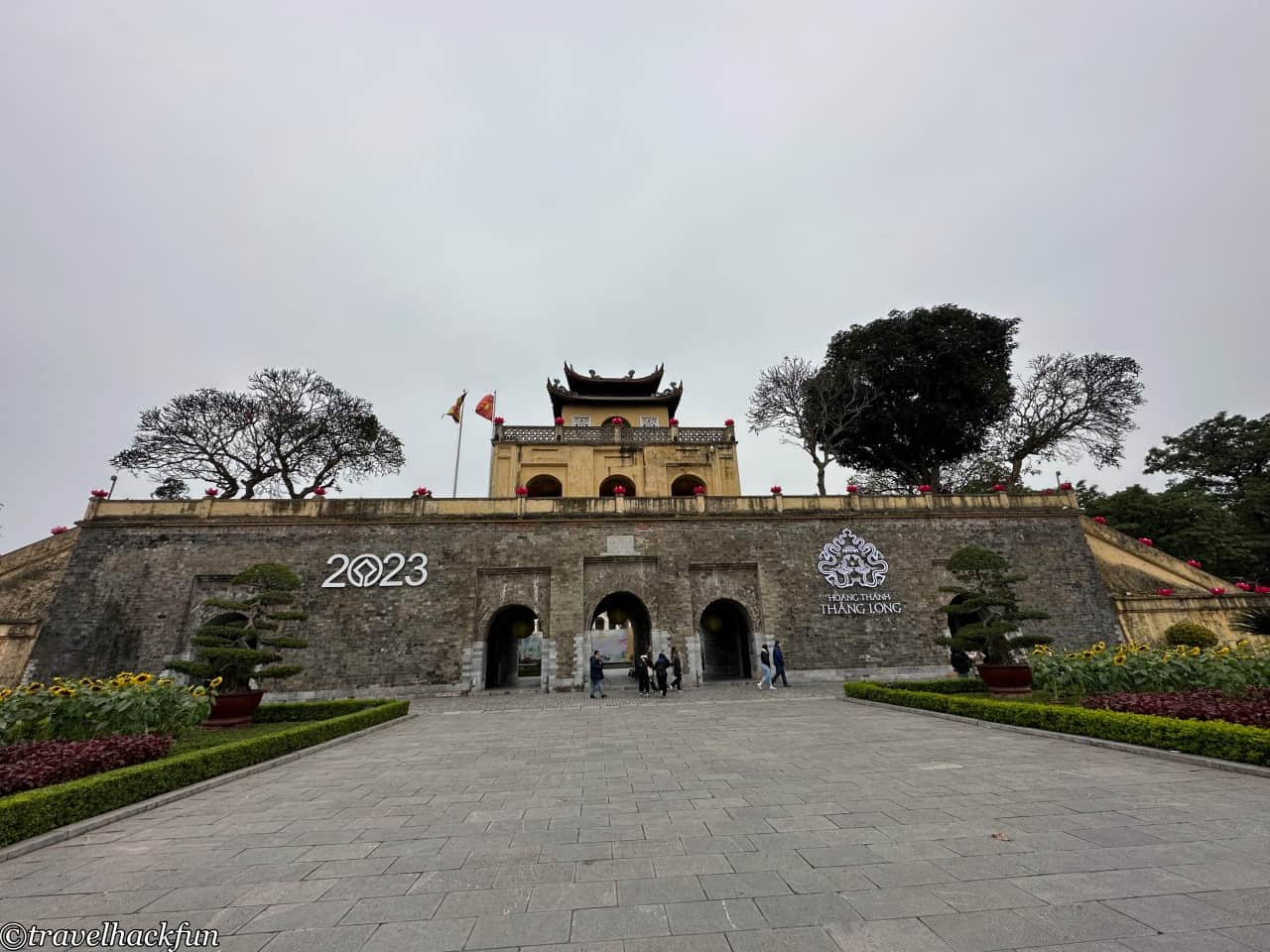
![Hanoi, Vietnam] Thang Long Imperial Citadel | The Imperial Palace of Vietnam spanning 1300 years 5 Thang Long Imperial Citadel,Thang Long Imperial Citadel 4](https://blog.travelhackfun.com/wp-content/uploads/2024/01/Hanoi-481.jpeg)
![Hanoi, Vietnam] Thang Long Imperial Citadel | The Imperial Palace of Vietnam spanning 1300 years 6 Thang Long Imperial Citadel,Thang Long Imperial Citadel 5](https://blog.travelhackfun.com/wp-content/uploads/2024/01/Hanoi-483.jpeg)
Kinh Thien Palace
The Kinh Thien Palace, originally located at the center of the Imperial City, was where the court held the most solemn ceremonies, received foreign envoys, and discussed state affairs in ancient times. According to the "Đại Việt Sử Ký Toàn Thư" (Complete Annals of Đại Việt), the construction of Kinh Thien Palace began in 1428 during the era of Emperor Lê Thái Tổ and was completed in the reign of Emperor Lê Thánh Tông. Most of the original buildings no longer exist, and the structures that followed were merely imitative. At the end of the 19th century, during the French colonial rule, French colonizers destroyed the Kinh Thien Hall and established an artillery command there. Now, only the dragon-decorated staircase and its base remain, with the two dragons being carvings left from the 15th century, relatively well-preserved. The dragons have their heads raised, with bulging eyes and long fins on their backs that resemble flames.
![Hanoi, Vietnam] Thang Long Imperial Citadel | The Imperial Palace of Vietnam spanning 1300 years 7 Thang Long Imperial Citadel,Thang Long Imperial Citadel 6](https://blog.travelhackfun.com/wp-content/uploads/2024/01/Hanoi-522.jpeg)
![Hanoi, Vietnam] Thang Long Imperial Citadel | The Imperial Palace of Vietnam spanning 1300 years 8 Thang Long Imperial Citadel,Thang Long Imperial Citadel 7](https://blog.travelhackfun.com/wp-content/uploads/2024/01/Hanoi-524.jpeg)
Hanoi Flag Tower
The Hanoi Flag Tower, constructed in 1812 during the reign of Emperor Gia Long of the Nguyen dynasty, is located in the southern part of the Thang Long Imperial Citadel, on the original site of the Ly dynasty's Tam Quan Gate. The flag tower marks the beginning of the southern approach to the central axis, followed by the Doan Mon and Kinh Thien Palace. The Hanoi Flag Tower is one of the best-preserved buildings within the Thang Long Imperial Citadel, comprising a three-tiered base and a three-tiered tower. Each tier is pyramid-shaped with a square cross-section, constructed from bricks. The Hanoi Flag Tower is one of the few structures from the original citadel that was fortunate enough to survive the period of French colonial destruction. From the top of the tower, one can overlook the entire city of Hanoi, and it was also used as a lookout tower during times of war.
To see the Flag Tower, you don't need to enter the center of the Imperial City; it can be seen from Lenin Park, which is adjacent to the citadel and does not require an admission fee. During the Nguyen dynasty, Lenin Park was known as Elephant Lake, because it was the place where elephants were bathed during that period.
![Hanoi, Vietnam] Thang Long Imperial Citadel | The Imperial Palace of Vietnam spanning 1300 years 9 Thang Long Imperial Citadel,Thang Long Imperial Citadel 8](https://blog.travelhackfun.com/wp-content/uploads/2024/01/Hanoi-457.jpeg)
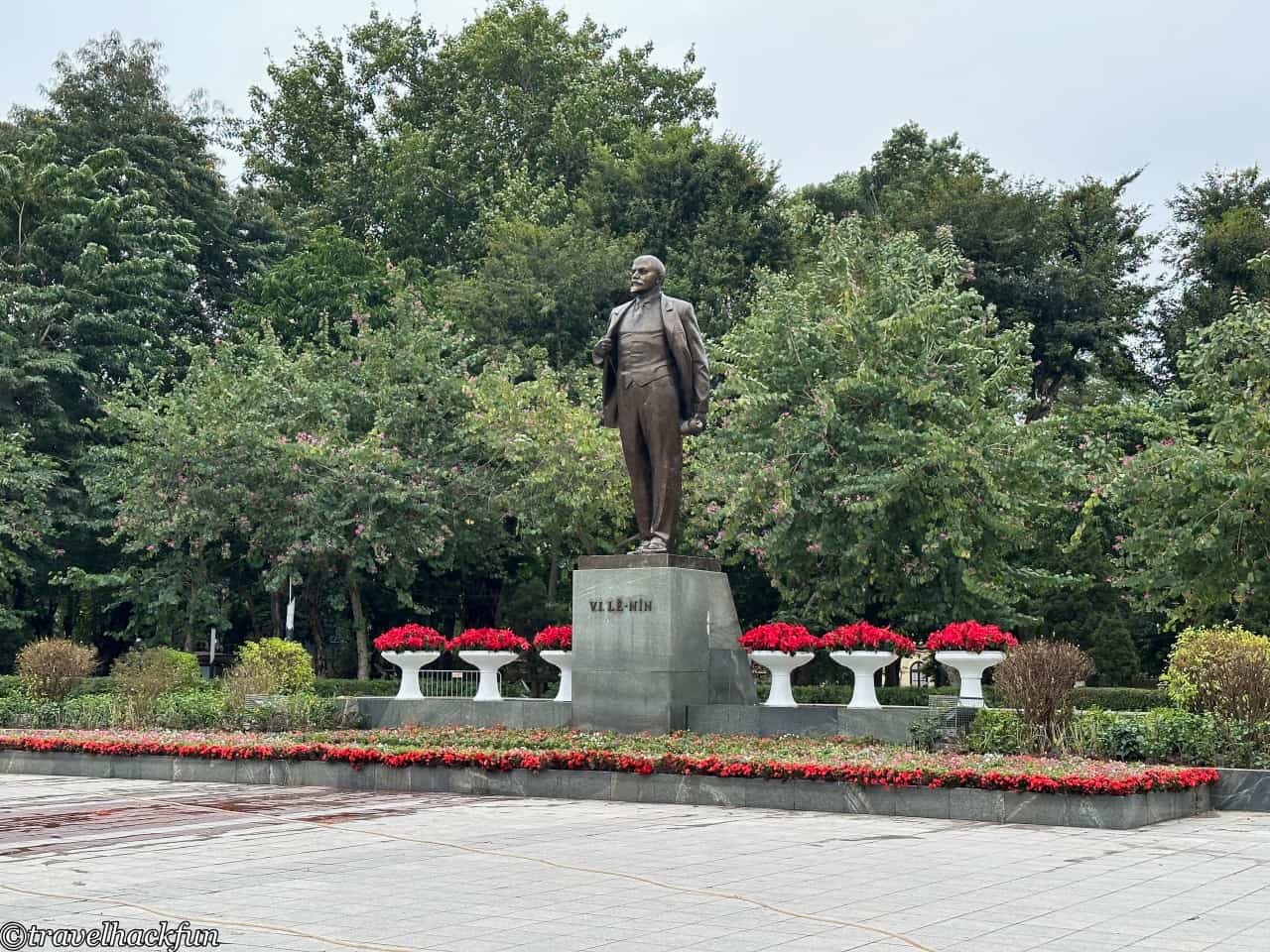
Hau Lau (The Princess Pagoda)
The Hau Lau, also known as the princess pagoda, was built during the Later Le dynasty and served as the residence for the concubines and princesses of the royal harem. The palace is brick-built, with a rectangular base, featuring three tiers of roofing on the lower level and two tiers on the upper level. The roofs mimic the multi-tiered and crescent shapes of traditional Vietnamese architecture. During the French colonial period, the Hau Lau suffered severe damage, and its current appearance is the result of renovations and rebuilding by the French.
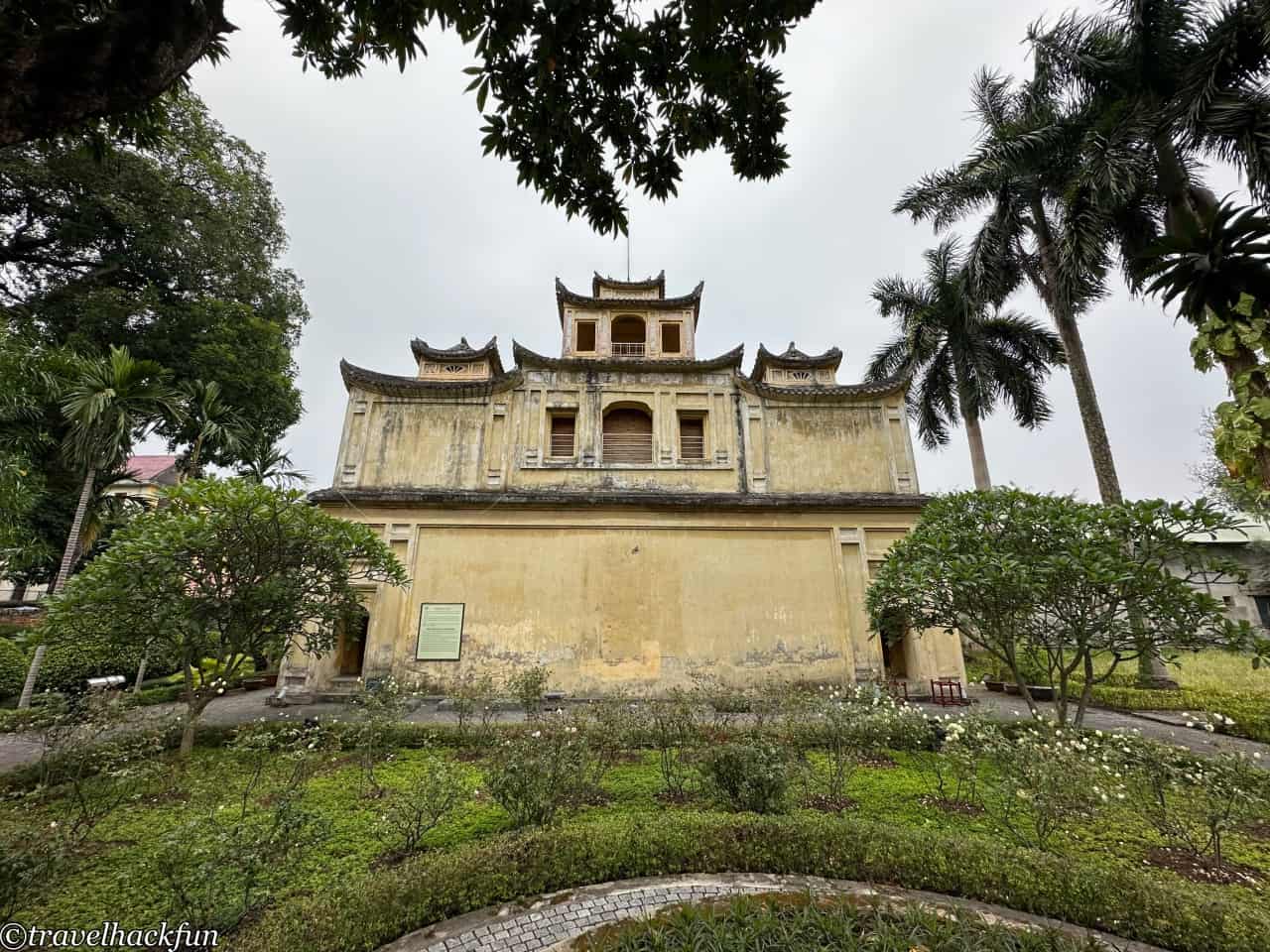
North Gate
Due to its extensive area, the Thang Long Imperial Citadel complex is divided into different parts by the streets that surround it today. One of the few remaining historical structures, the North Gate, is located on Phan Dinh Phung Street, requiring a walk away from the main building area. On the way there by foot, you will pass by the Presidential Palace.
![Hanoi, Vietnam] Thang Long Imperial Citadel | The Imperial Palace of Vietnam spanning 1300 years 12 Thang Long Imperial Citadel,Thang Long Imperial Citadel 11](https://blog.travelhackfun.com/wp-content/uploads/2024/01/Hanoi-570.jpeg)
![Hanoi, Vietnam] Thang Long Imperial Citadel | The Imperial Palace of Vietnam spanning 1300 years 13 Thang Long Imperial Citadel, Thang Long Imperial Citadel 12](https://blog.travelhackfun.com/wp-content/uploads/2024/01/Hanoi-572.jpeg)
The North Gate, constructed in 1805, is one of the few remaining city gates from the Hanoi citadel during the Nguyen dynasty. Unlike the Doan Mon, the North Gate was built with a wooden structure, featuring an octagonal roof style, with doors opening on all four sides. The edges of the gate are rectangular and decorated with lotus patterns. Outside the North Gate, two bullet holes can still be seen, remnants of the French gunboat attack from the Red River in 1882. Entry through the North Gate also requires a Thang Long Imperial Citadel ticket, and ticket holders can go up to the top of the gate.
![Hanoi, Vietnam] Thang Long Imperial Citadel | Vietnam's Imperial Palace spanning 1300 years 14 Thang Long Imperial Citadel,Thang Long Imperial Citadel 13](https://blog.travelhackfun.com/wp-content/uploads/2024/01/Hanoi-574.jpeg)
![Hanoi, Vietnam] Thang Long Imperial Citadel | 1300 Years of Vietnam's Imperial Palace 15 Thang Long Imperial Citadel, Thang Long Imperial Citadel 14](https://blog.travelhackfun.com/wp-content/uploads/2024/01/Hanoi-577.jpeg)
![Hanoi, Vietnam] Thang Long Imperial Citadel | The Imperial Palace of Vietnam spanning 1300 years 16 Thang Long Imperial Citadel, Thang Long Imperial Citadel 15](https://blog.travelhackfun.com/wp-content/uploads/2024/01/Hanoi-578.jpeg)

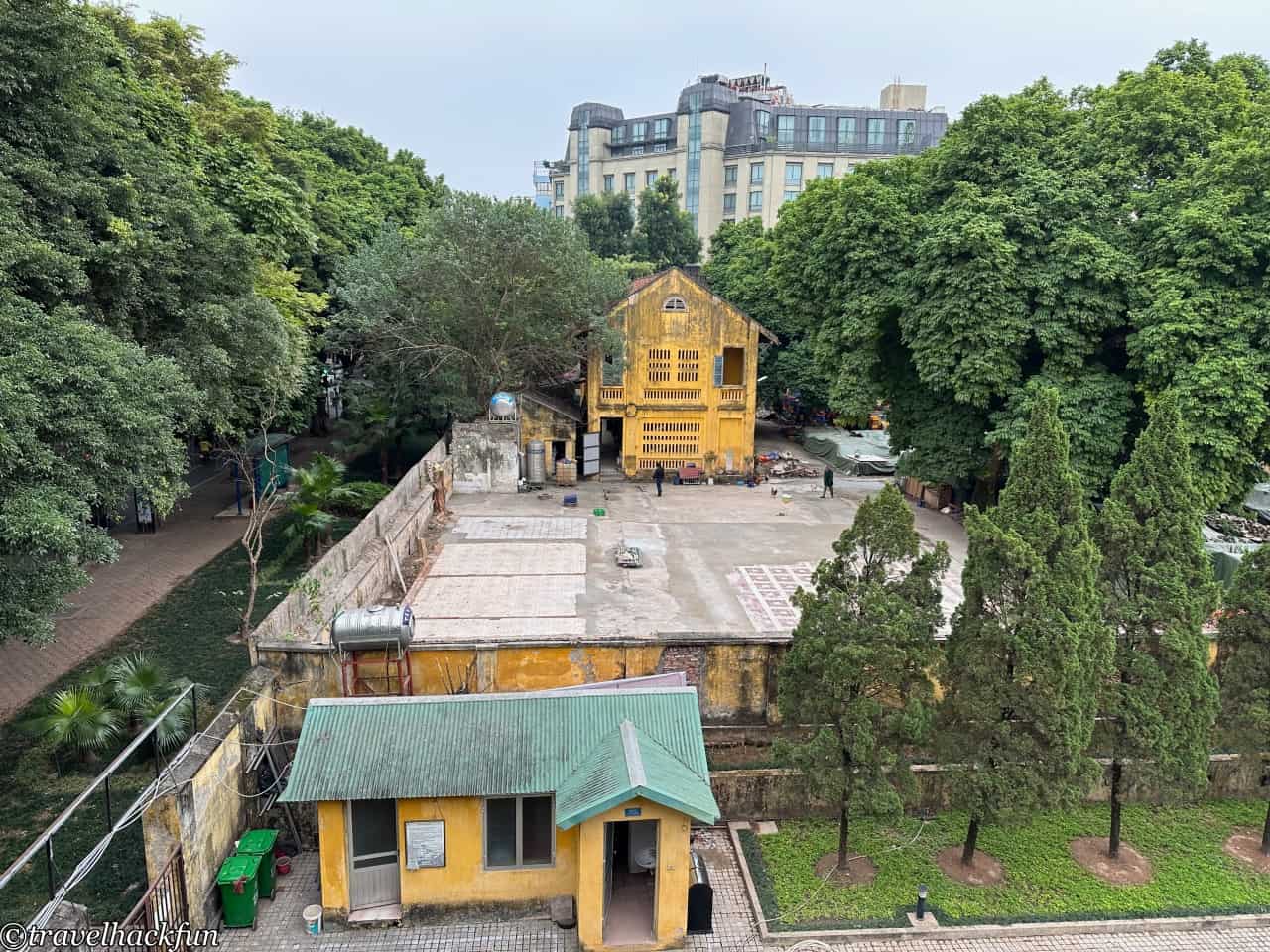
Archaeological Site of the Imperial City
After entering through the Doan Mon, the entirety of the Imperial City as it once stood has actually been demolished by the colonial government of modern times, leaving most to be reconstructed by imagination. However, Thang Long served as the capital for three dynasties—Ly, Tran, and Le—and was used as an imperial city from the 11th to the 18th century. Each dynasty added to its construction, so there are still many relics underground, with archaeological excavations ongoing. The archaeological sites are roughly divided into two areas, one of which can be seen after entering through the Doan Mon. Visitors can climb up the side of the Doan Mon to get a top-down view of the area formerly known as the Dragon Courtyard, where archaeological excavations are currently taking place.
The trench dug by archaeologists in the middle of the Doan Mon is aimed at finding traces of the Imperial Way. Currently, at a depth of 1.2 meters, they have discovered the paved stone boundary of the Doan Mon's foundation and a courtyard paved with wooden peg bricks from the Le dynasty. At a depth of 1.9 meters, traces of a road paved with "lemon flower" bricks from the Tran dynasty were found. On some of the roads built during the Tran dynasty, bricks from the Ly dynasty were still used, proving that the Ly, Tran, and Le dynasties indeed all occupied this site.
![Hanoi, Vietnam] Thang Long Imperial Citadel | Vietnam's Imperial Palace spanning 1300 years 19 Thang Long Imperial Citadel, Thang Long Imperial Citadel 18](https://blog.travelhackfun.com/wp-content/uploads/2024/01/Hanoi-479.jpeg)
![Hanoi, Vietnam] Thang Long Imperial Citadel | The Imperial Palace of Vietnam spanning 1300 years 20 Thang Long Imperial Citadel, Thang Long Imperial Citadel 19](https://blog.travelhackfun.com/wp-content/uploads/2024/01/Hanoi-482-1125x1500.jpeg)
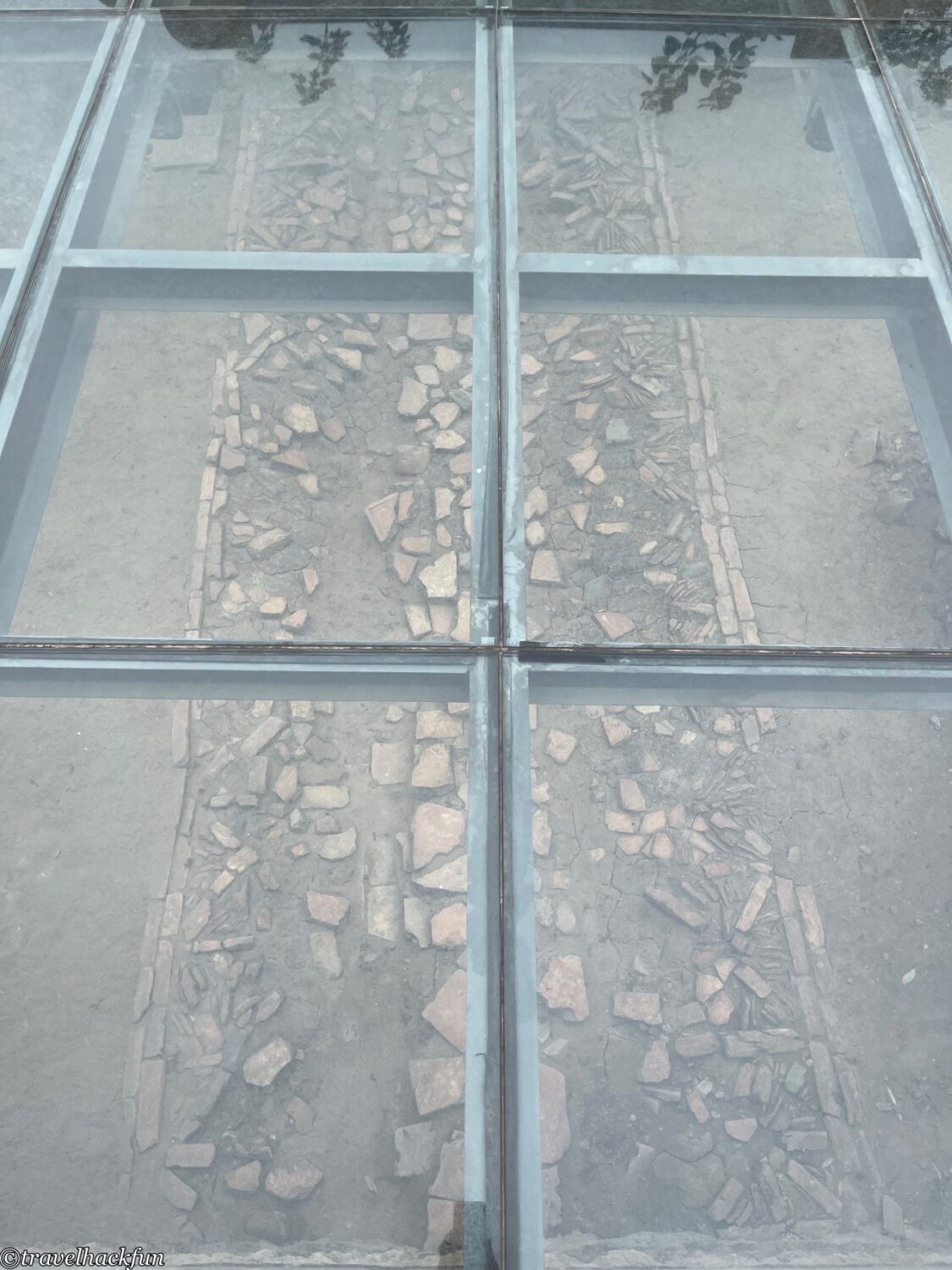
![Hanoi, Vietnam] Thang Long Imperial Citadel | Vietnam's Imperial Palace spanning 1300 years 22 Thang Long Imperial Citadel,Thang Long Imperial Citadel 21](https://blog.travelhackfun.com/wp-content/uploads/2024/01/Hanoi-486.jpeg)
![Hanoi, Vietnam] Thang Long Imperial Citadel | Vietnam's Imperial Palace spanning 1300 years 23 Thang Long Imperial Citadel,Thang Long Imperial Citadel 22](https://blog.travelhackfun.com/wp-content/uploads/2024/01/Hanoi-487.jpeg)
The other part of the archaeological excavation area requires leaving the main exhibition area and going to the exhibition area at 18 Phan Dinh Phung Street, where visitors need to check their tickets again to enter. Most visitors seem to miss this area, but in reality, it is the main site of the Imperial City ruins and the largest archaeological excavation in Vietnam to date, with much to see and appreciate.
The artifacts excavated here span 1300 years of history, allowing visitors to see, via well-designed pathways, different periods of the Imperial City's columns, water channels, wells, and more. From the lowest layers of the Annam period from the 7th to 9th centuries featuring wooden pillars, architectural foundations, and drainage systems, to the 11th-14th centuries under the Ly and Tran dynasties with stone columns, bricks, and lotus-shaped stone bases, to the uppermost layers of the Le dynasty from the 15th to 18th centuries with wooden peg brick constructions and well systems. In some places, visitors can even see the complete flooring of the Imperial City.
![Hanoi, Vietnam] Thang Long Imperial Citadel | Vietnam's Imperial Palace spanning 1300 years 24 Thang Long Imperial Citadel, Thang Long Imperial City 23](https://blog.travelhackfun.com/wp-content/uploads/2024/01/Hanoi-560.jpeg)
![Hanoi, Vietnam] Thang Long Imperial Citadel | The Imperial Palace of Vietnam spanning 1300 years 25 Thang Long Imperial Citadel, Thang Long Imperial Citadel 24](https://blog.travelhackfun.com/wp-content/uploads/2024/01/Hanoi-562.jpeg)
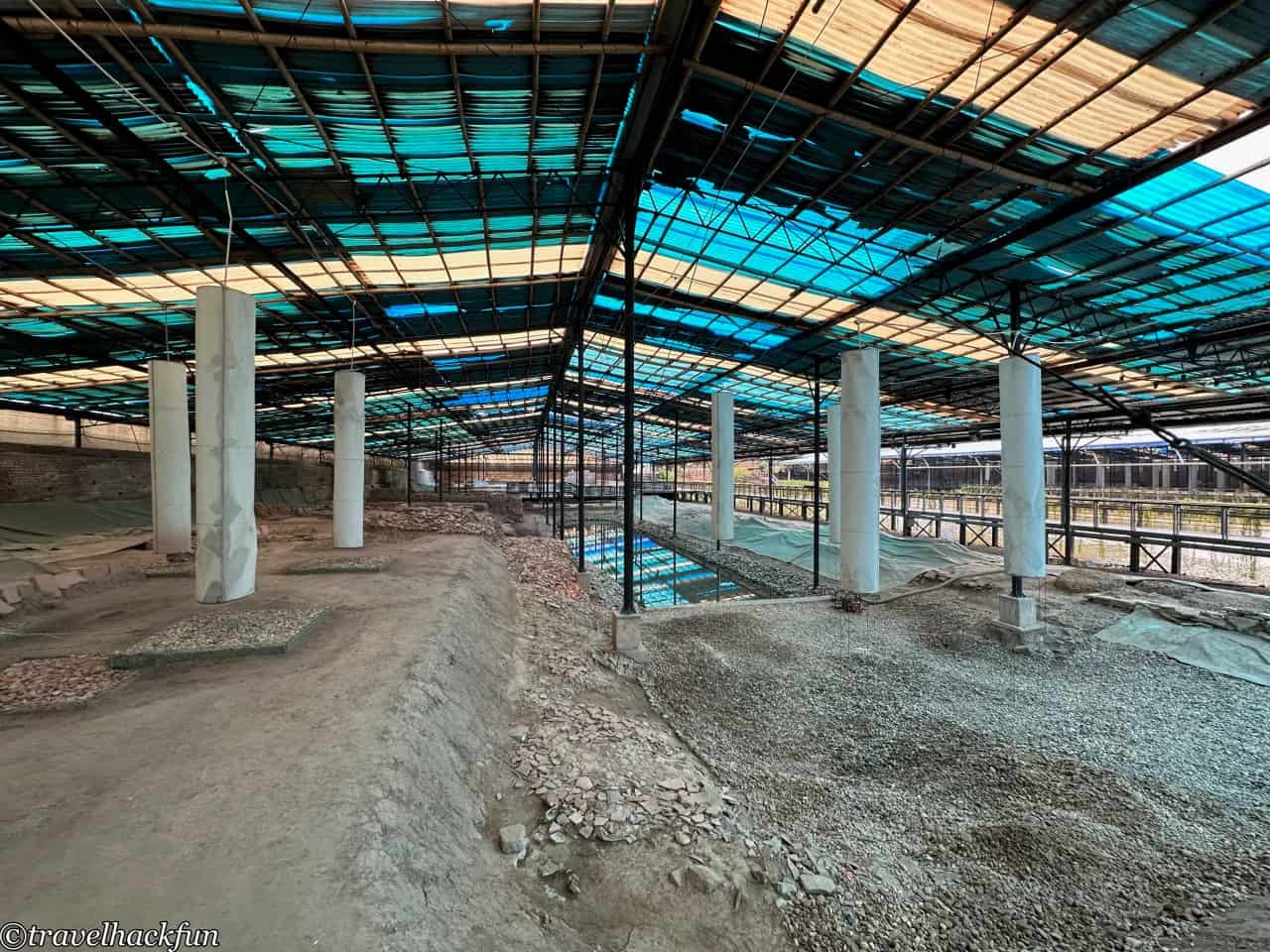
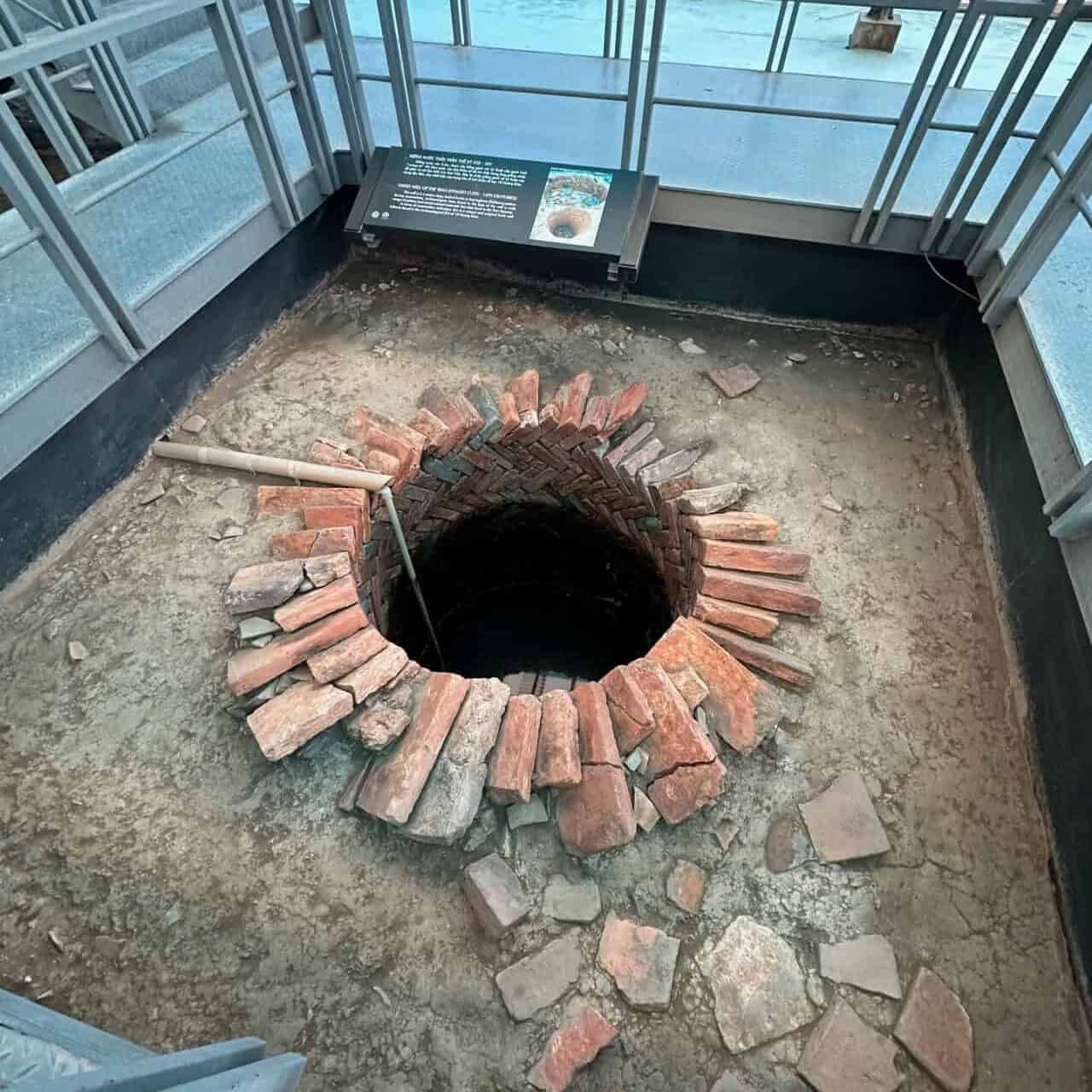

![Hanoi, Vietnam] Thang Long Imperial Citadel | Vietnam's Imperial Palace spanning 1300 years 29 Thang Long Imperial Citadel, Thang Long Imperial Citadel 28](https://blog.travelhackfun.com/wp-content/uploads/2024/01/Hanoi-566.jpeg)
In the rear of the Imperial City, bricks and tiles dating back over 1300 years have been excavated and are stacked together.
![Hanoi, Vietnam] Thang Long Imperial Citadel | The Imperial Palace of Vietnam spanning 1300 years 30 Thang Long Imperial Citadel, Thang Long Imperial Citadel 29](https://blog.travelhackfun.com/wp-content/uploads/2024/01/Hanoi-555-1125x1500.jpeg)
![Hanoi, Vietnam] Thang Long Imperial Citadel | The Imperial Palace of Vietnam spanning 1300 years 31 Thang Long Imperial Citadel, Thang Long 30](https://blog.travelhackfun.com/wp-content/uploads/2024/01/Hanoi-556.jpeg)
![Hanoi, Vietnam] Thang Long Imperial Citadel | The Imperial Palace of Vietnam spanning 1300 years 32 Thang Long Imperial Citadel, Thang Long Imperial City 31](https://blog.travelhackfun.com/wp-content/uploads/2024/01/Hanoi-557.jpeg)
The artifacts unearthed from the archaeological excavations can be seen in the static display in other artifact exhibition areas.
The exhibition includes archaeological artifacts, mostly architectural sculptures and decorations, as well as bricks excavated from the Thang Long Imperial Citadel site, bearing the marks of three different dynasties.
![Hanoi, Vietnam] Thang Long Imperial Citadel | The Imperial Palace of Vietnam spanning 1300 years 33 Thang Long Imperial Citadel,Thang Long Imperial Citadel 32](https://blog.travelhackfun.com/wp-content/uploads/2024/01/Hanoi-488-1125x1500.jpeg)
![Hanoi, Vietnam] Thang Long Imperial Citadel | The Imperial Palace of Vietnam spanning 1300 years 34 Thang Long Imperial Citadel,Thang Long Imperial Citadel 33](https://blog.travelhackfun.com/wp-content/uploads/2024/01/Hanoi-490-1125x1500.jpeg)
![Hanoi, Vietnam] Thang Long Imperial Citadel | The Imperial Palace of Vietnam spanning 1300 years 35 Thang Long Imperial Citadel,Thang Long Imperial Citadel 34](https://blog.travelhackfun.com/wp-content/uploads/2024/01/Hanoi-491-1125x1500.jpeg)
![Hanoi, Vietnam] Thang Long Imperial Citadel | The Imperial Palace of Vietnam spanning 1300 years 36 Thang Long Imperial Citadel, Thang Long Imperial Citadel 35](https://blog.travelhackfun.com/wp-content/uploads/2024/03/Hanoi-497-edited.jpeg)
![Hanoi, Vietnam] Thang Long Imperial Citadel | The Imperial Palace of Vietnam spanning 1300 years 37 Thang Long Imperial Citadel, Thang Long Imperial City 36](https://blog.travelhackfun.com/wp-content/uploads/2024/03/Hanoi-499-edited.jpeg)
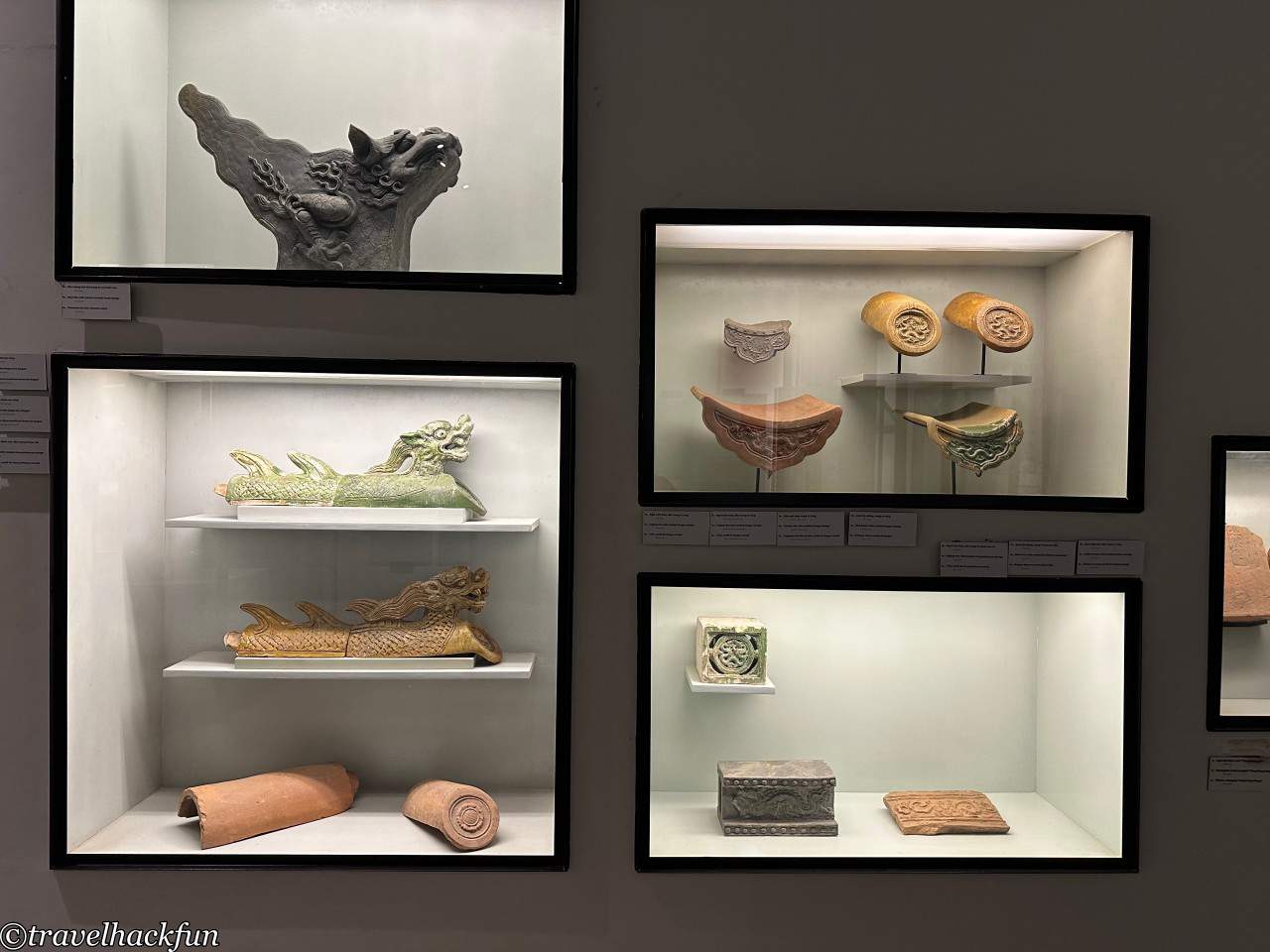
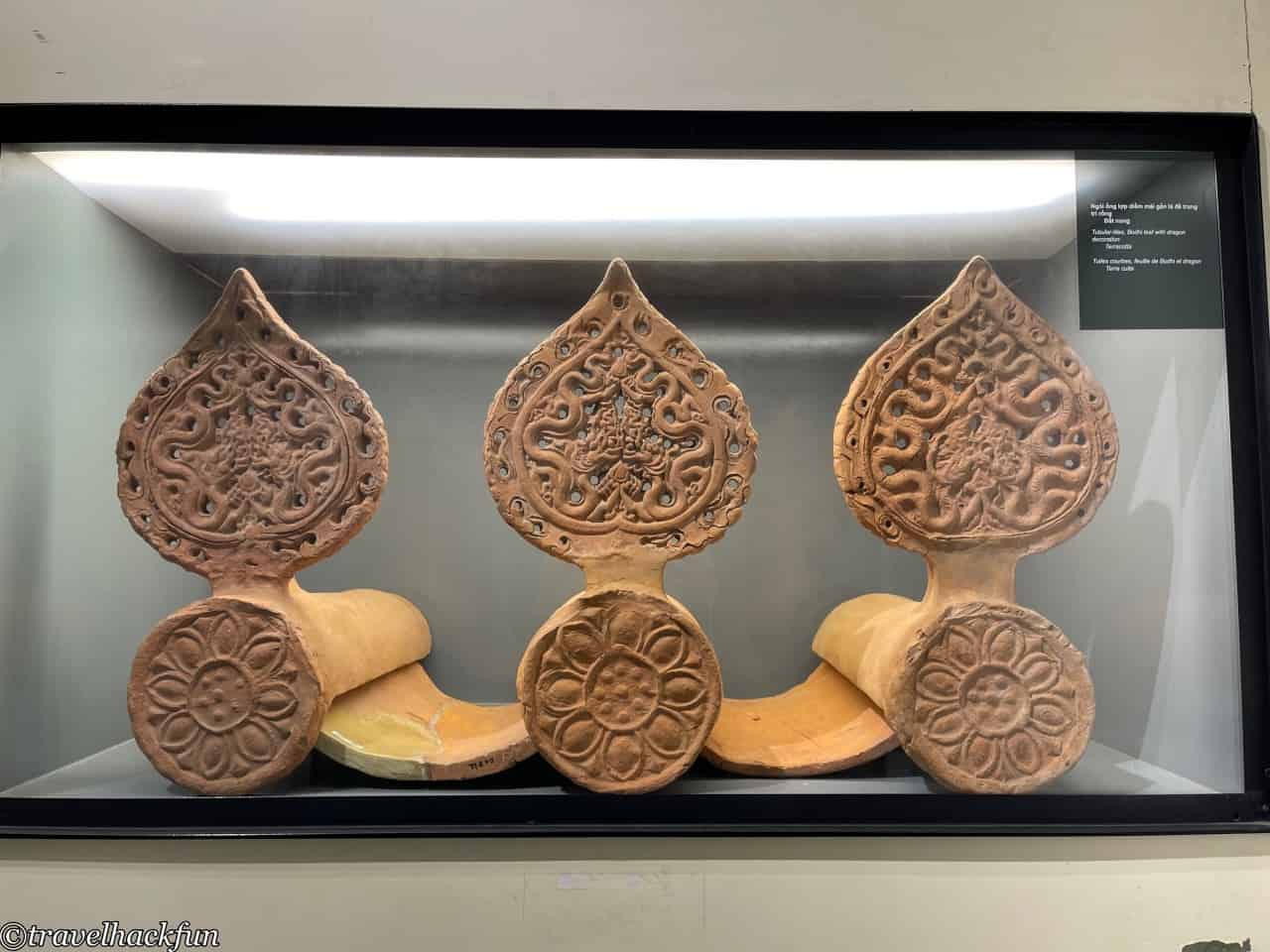
![Hanoi, Vietnam] Thang Long Imperial Citadel | The Imperial Palace of Vietnam spanning 1300 years 40 Thang Long Imperial Citadel,Thang Long Imperial Citadel 39](https://blog.travelhackfun.com/wp-content/uploads/2024/01/Hanoi-496.jpeg)
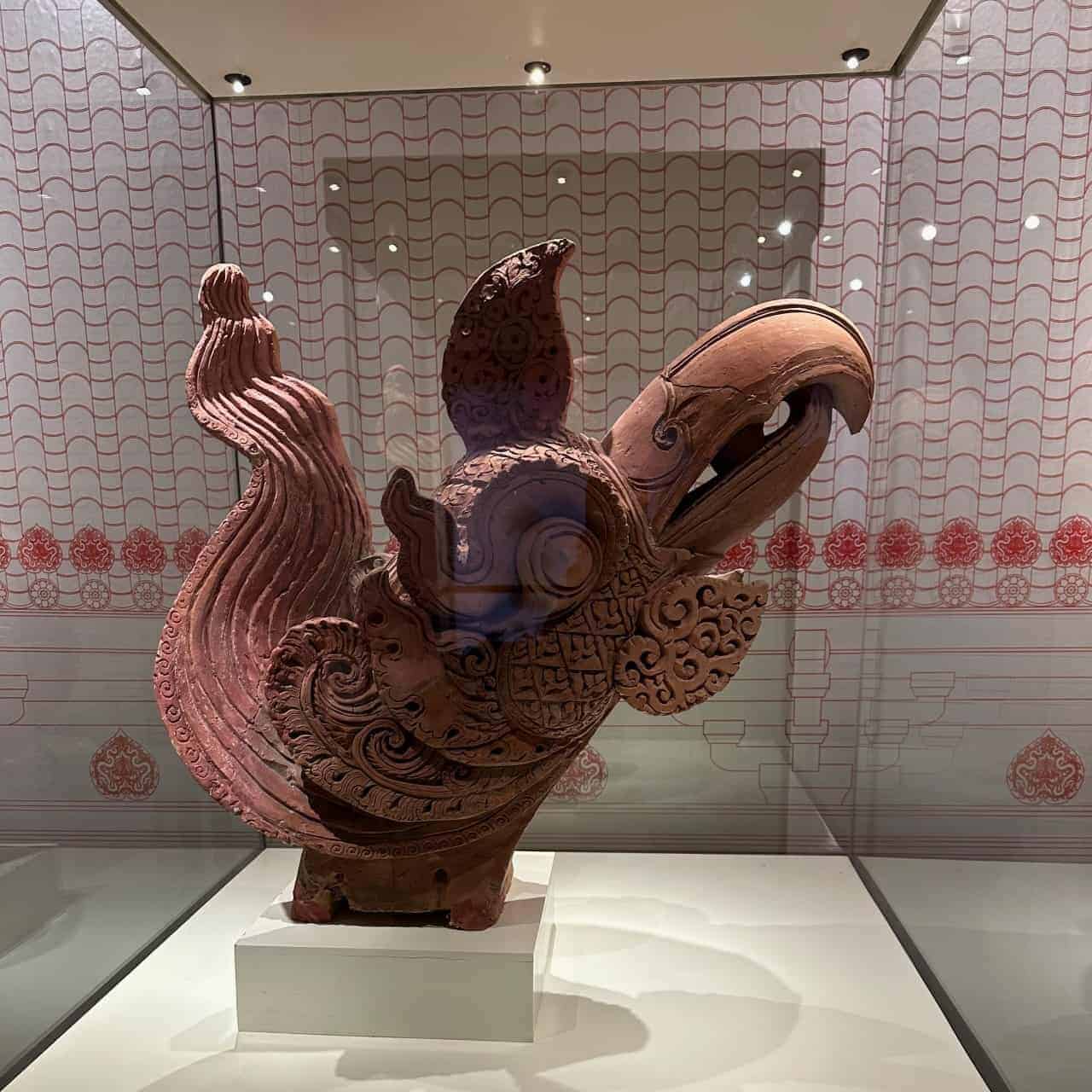
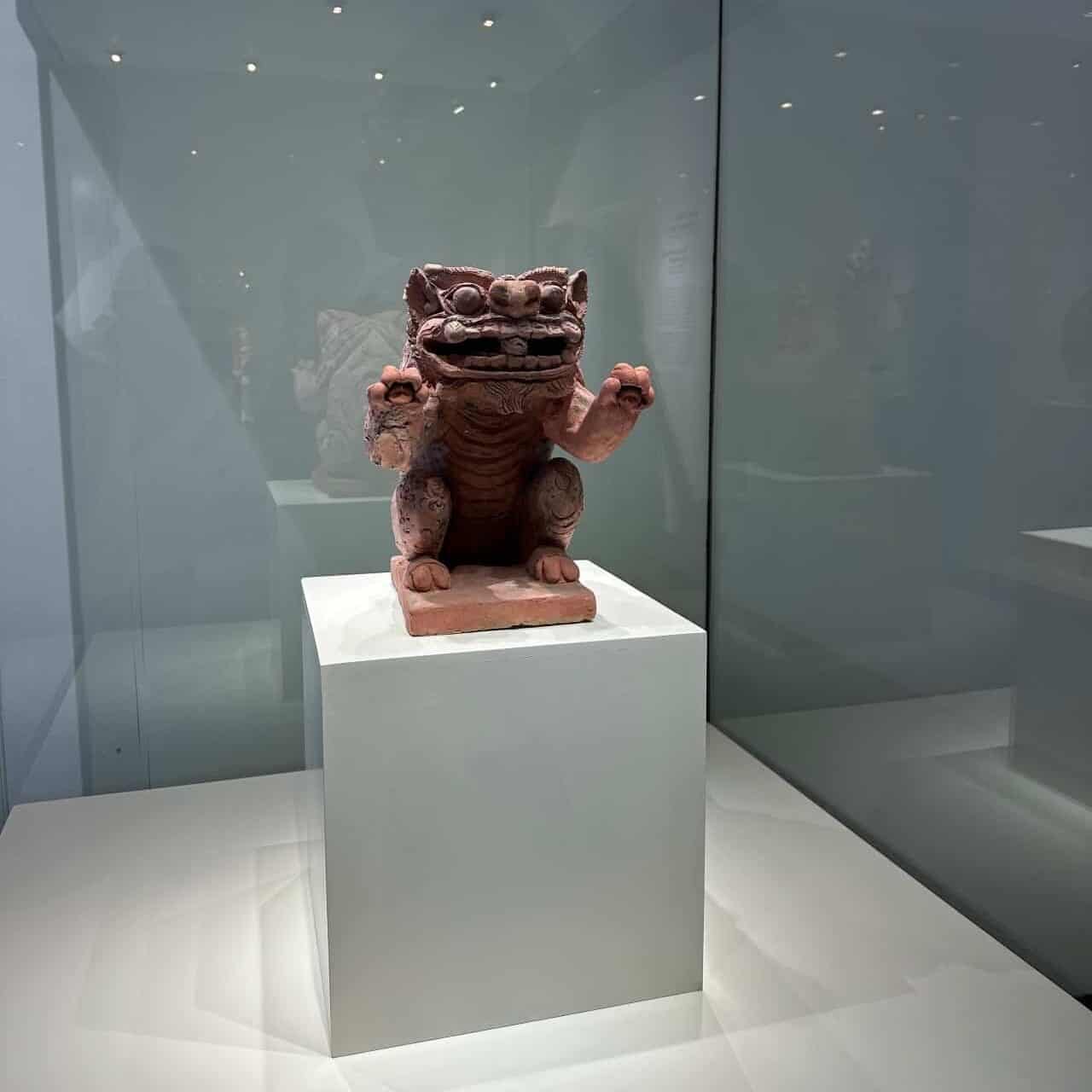
![Hanoi, Vietnam] Thang Long Imperial Citadel | The Imperial Palace of Vietnam spanning 1300 years 43 Thang Long Imperial Citadel, Thang Long Imperial Citadel 42](https://blog.travelhackfun.com/wp-content/uploads/2024/01/Hanoi-539.jpeg)
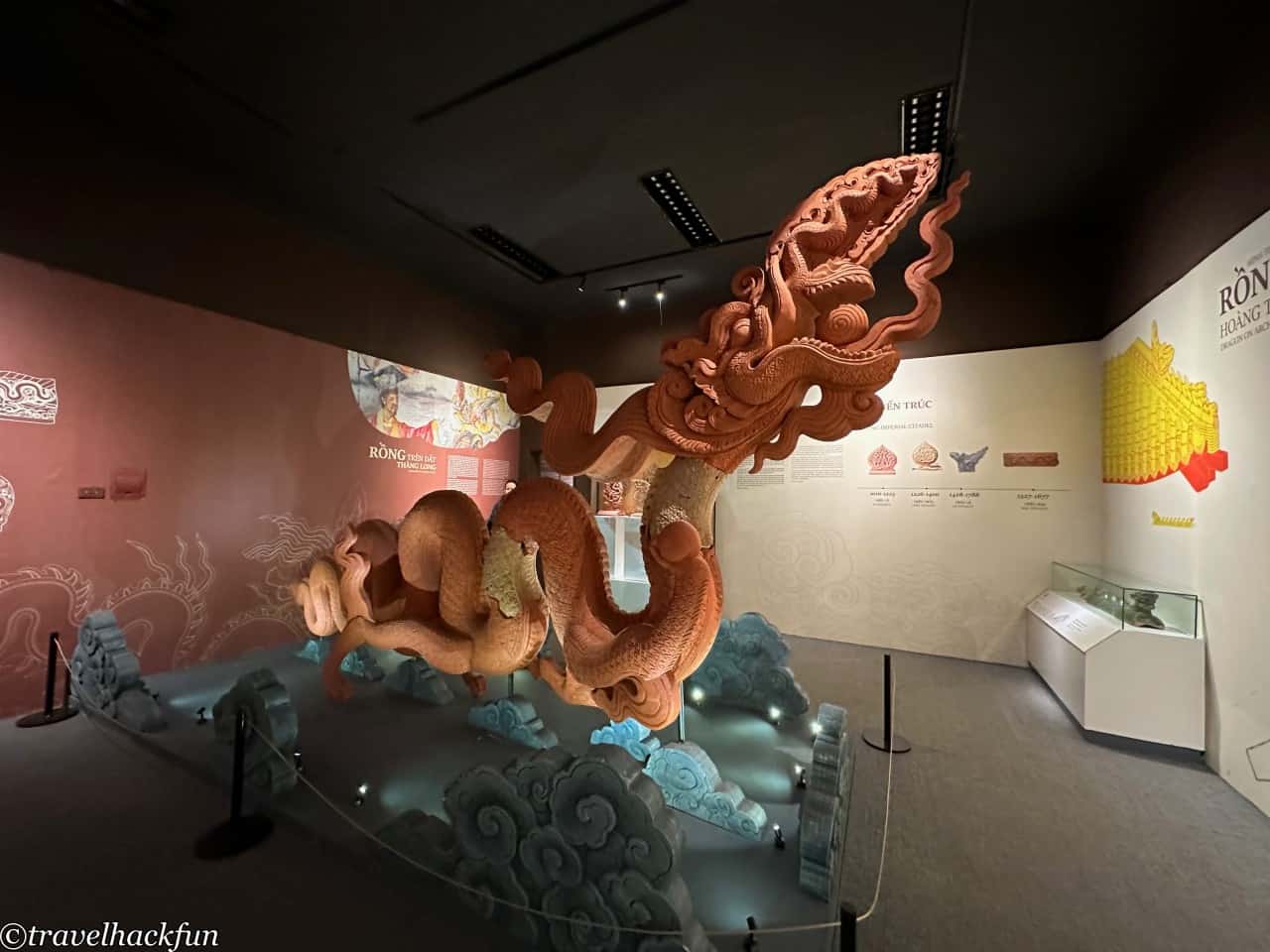
In addition to architectural decorations, the artifact exhibition hall also contains royal artifacts, most of which are relics from the Nguyen dynasty. The exhibition utilizes modern technology, employing animations to restore the original patterns on these items.
![Hanoi, Vietnam] Thang Long Imperial Citadel | The Imperial Palace of Vietnam spanning 1300 years 45 Thang Long Imperial Citadel, Thang Long Imperial Citadel 44](https://blog.travelhackfun.com/wp-content/uploads/2024/01/Hanoi-525.jpeg)
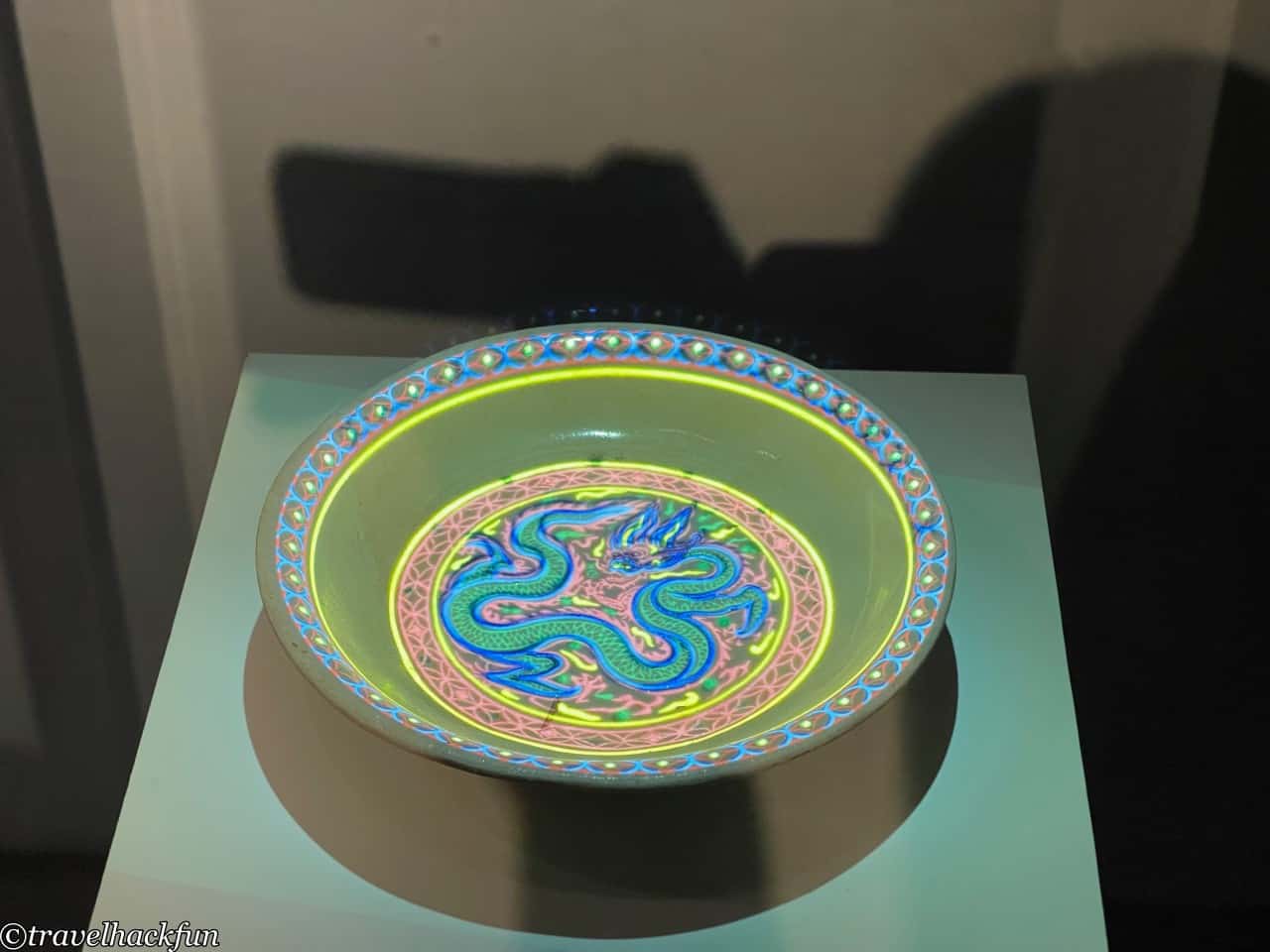
![Hanoi, Vietnam] Thang Long Imperial Citadel | Vietnam's Imperial Palace spanning 1300 years 47 Thang Long Imperial Citadel, Thang Long Imperial Citadel 46](https://blog.travelhackfun.com/wp-content/uploads/2024/01/Hanoi-531-1125x1500.jpeg)
![Hanoi, Vietnam] Thang Long Imperial Citadel | Vietnam's Imperial Palace spanning 1300 years 48 Thang Long Imperial Citadel, Thang Long Imperial Citadel 47](https://blog.travelhackfun.com/wp-content/uploads/2024/01/Hanoi-533.jpeg)
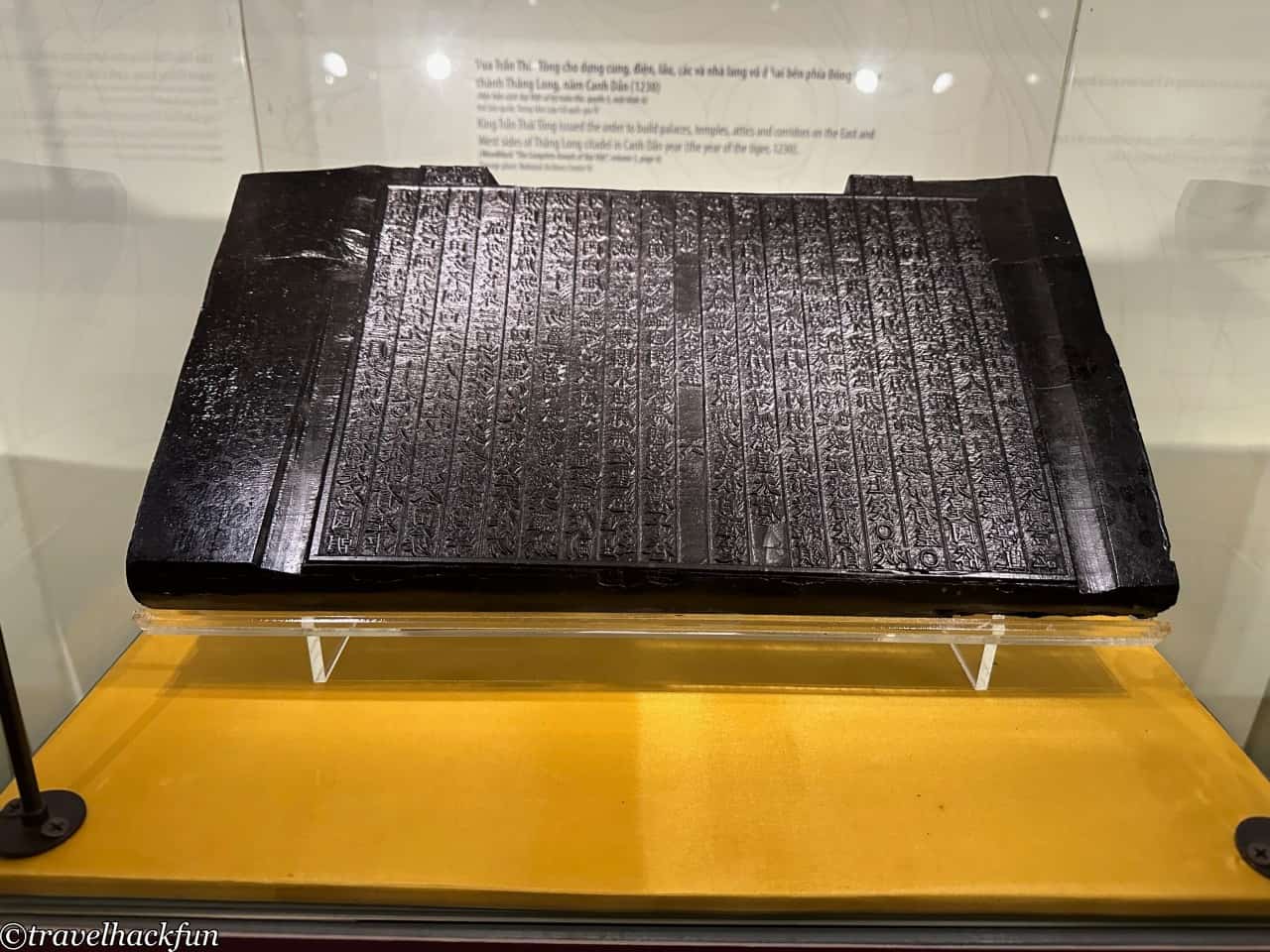
![Hanoi, Vietnam] Thang Long Imperial Citadel | The Imperial Palace of Vietnam spanning 1300 years 50 Thang Long Imperial Citadel,Thang Long Imperial Citadel 49](https://blog.travelhackfun.com/wp-content/uploads/2024/01/Hanoi-536.jpeg)
![Hanoi, Vietnam] Thang Long Imperial Citadel | The Imperial Palace of Vietnam - 1300 years old 51 Thang Long Imperial Citadel, Thang Long Imperial Citadel 50](https://blog.travelhackfun.com/wp-content/uploads/2024/01/Hanoi-538.jpeg)
Modern History Exhibition | D67 Revolutionary House
Inside the Thang Long Imperial City, there is also an area dedicated to modern history exhibitions, mainly featuring the combat command center and basement used during the Vietnam War.
After the Vietnamese military took over the capital in 1954, the ancient imperial city area, previously the French artillery command, became the headquarters of the Ministry of Defense of Vietnam. In 1966, as the US Air Force began bombing Hanoi, a house was built here by the Vietnamese Ministry of Defense for use in command and combat. This house, designed and constructed in 1967, is known as the D67 Revolutionary House, officially the meeting room for the Politburo and the Central Military Commission, and is an important historical site from the Vietnam War.
From the outside, the D67 Revolutionary House looks like an ordinary house. If it weren't for some of the official cars used at the time displayed outside, one would hardly realize this was a command headquarters. Once inside, the military elements become much more apparent. Here, there are walls up to 60 centimeters thick, soundproofing facilities, and double doors. The roof is covered with a layer of sand to protect against rocket and bomb shrapnel.
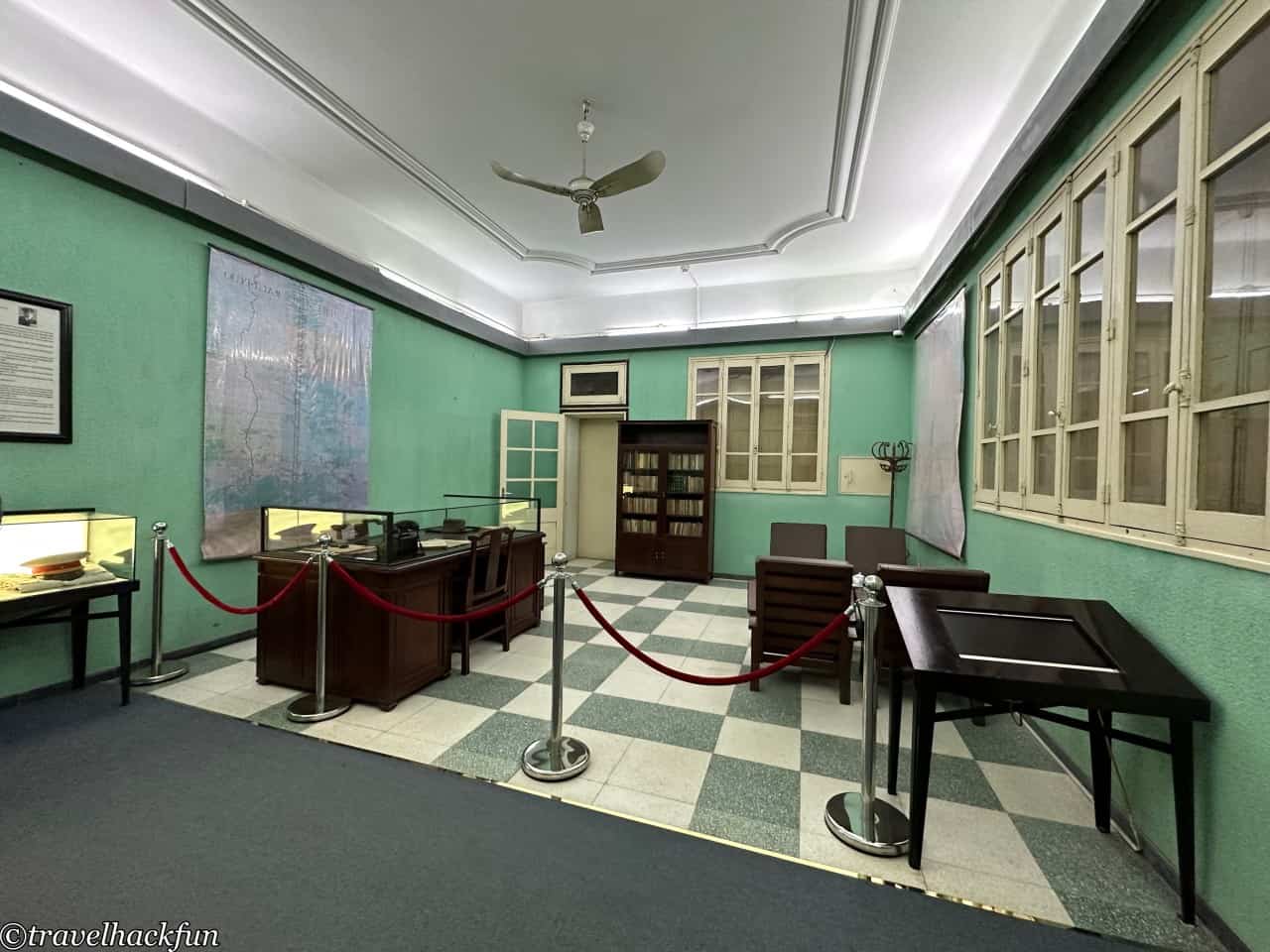
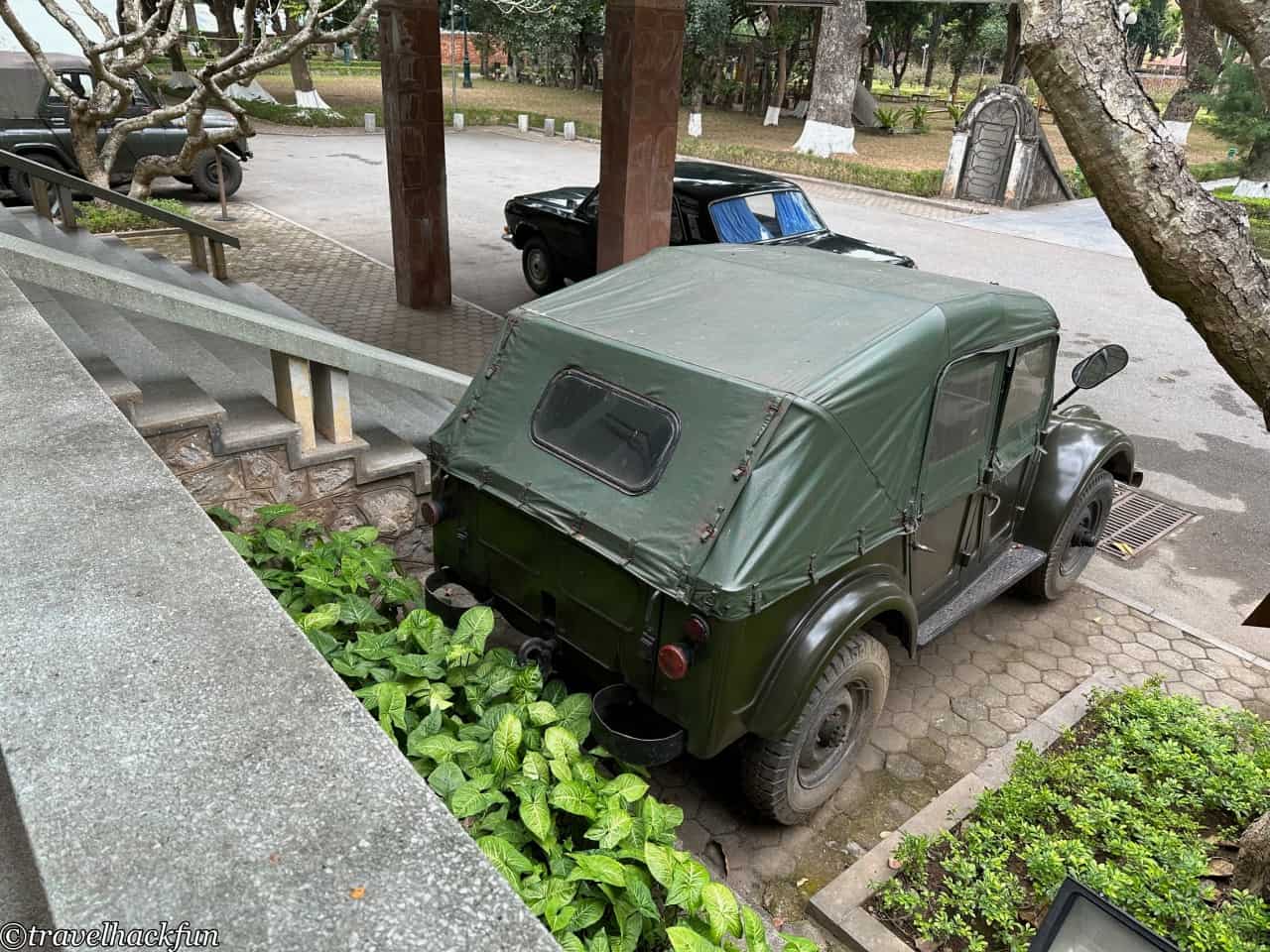

![Hanoi, Vietnam] Thang Long Imperial Citadel | The Imperial Palace of Vietnam spanning 1300 years 55 Thang Long Imperial Citadel, Thang Long Imperial Citadel 54](https://blog.travelhackfun.com/wp-content/uploads/2024/01/Hanoi-552.jpeg)
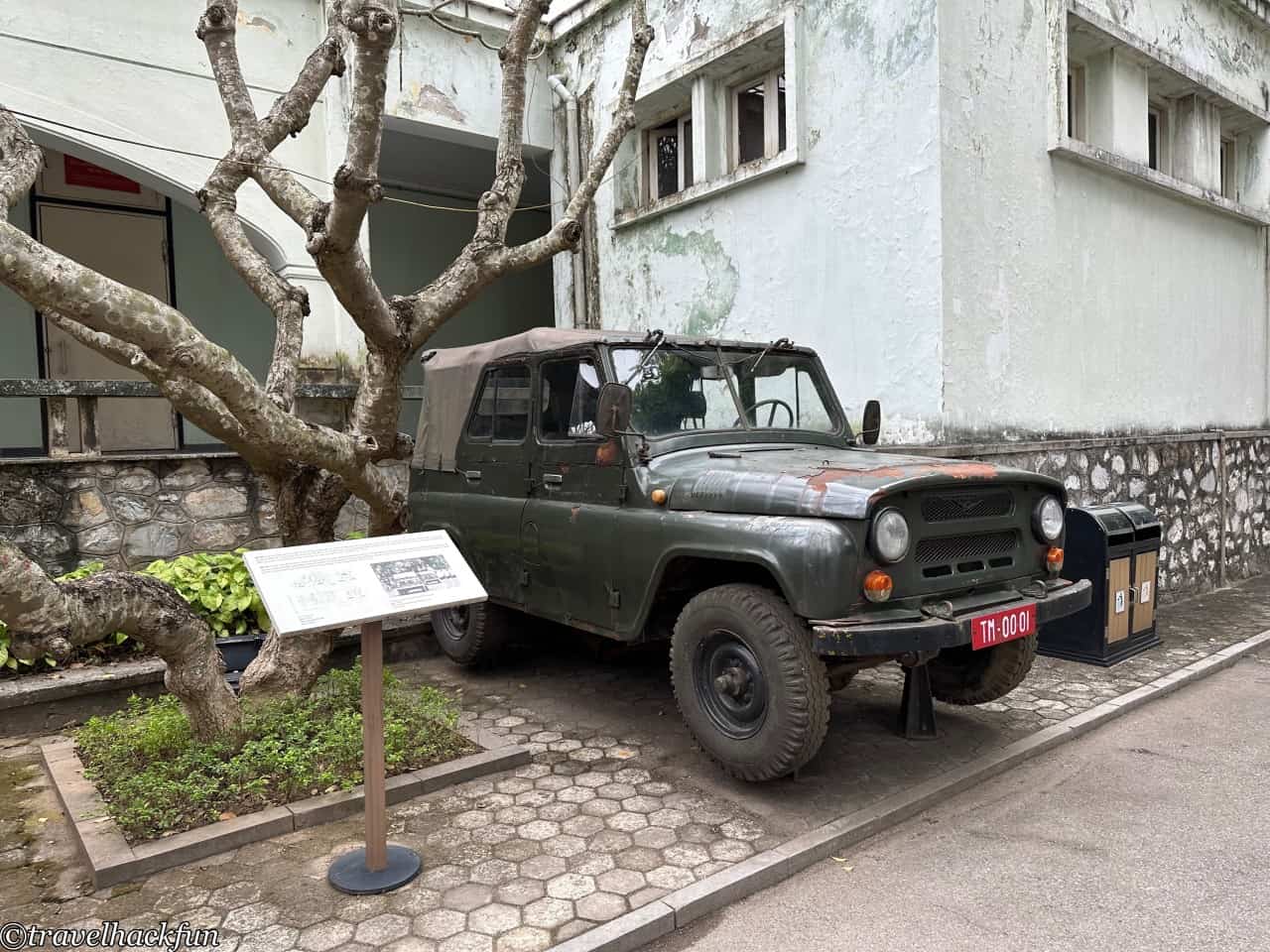
The corridor at the back leads to two doors that open to the basement, each with three flights of stairs, descending nine meters underground into the basement. The doors here are particularly thick, consisting of two layers, one of which is made of steel plate, designed to withstand bombs.
![Hanoi, Vietnam] Thang Long Imperial Citadel | The Imperial Palace of Vietnam spanning 1300 years 57 Thang Long Imperial Citadel, Thang Long Imperial Citadel 56](https://blog.travelhackfun.com/wp-content/uploads/2024/01/Hanoi-513-1125x1500.jpeg)
![Hanoi, Vietnam] Thang Long Imperial Citadel | Vietnam's Imperial Palace spanning 1300 years 58 Thang Long Imperial Citadel, Thang Long Imperial Citadel 57](https://blog.travelhackfun.com/wp-content/uploads/2024/01/Hanoi-514-1125x1500.jpeg)
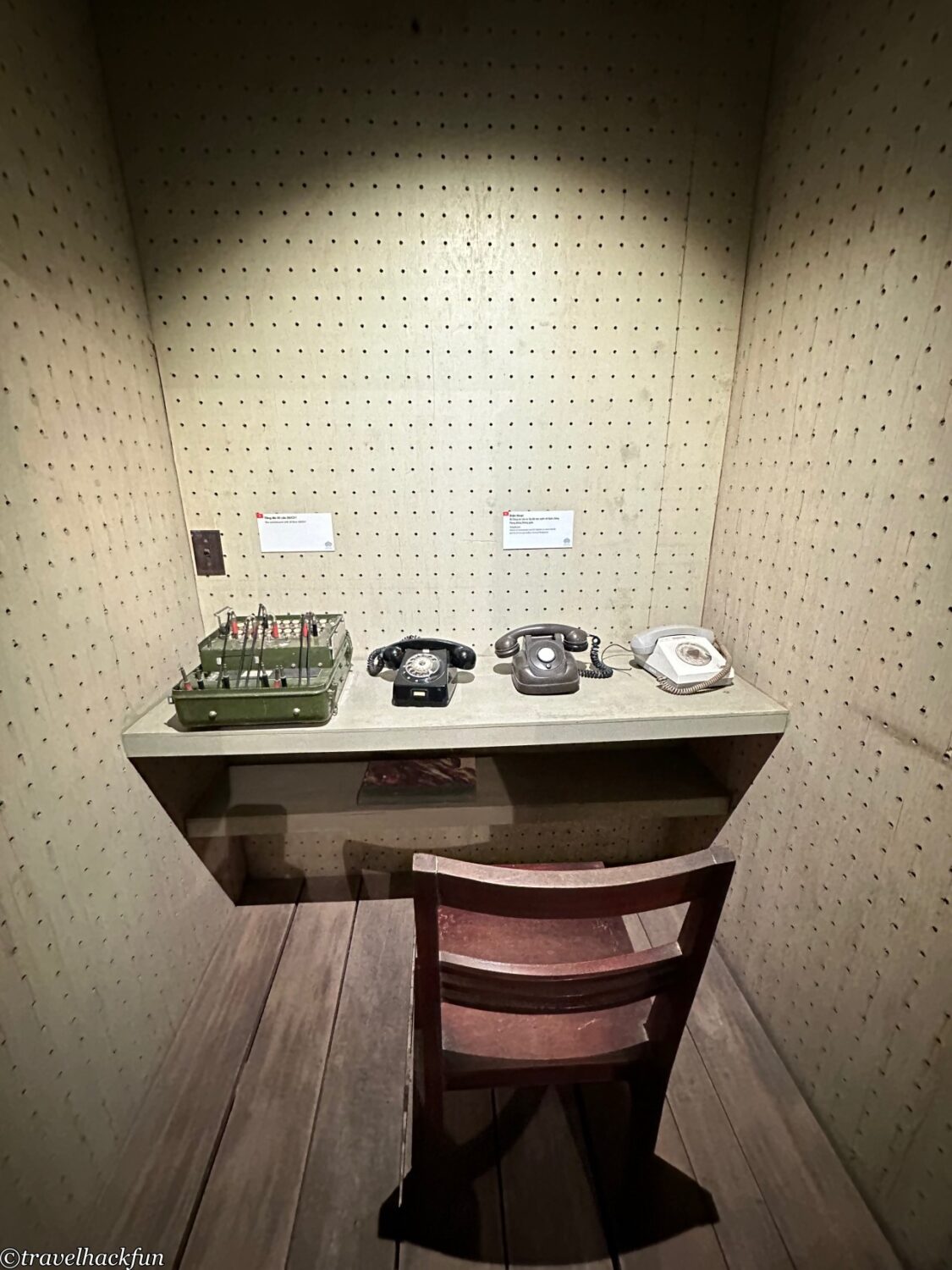
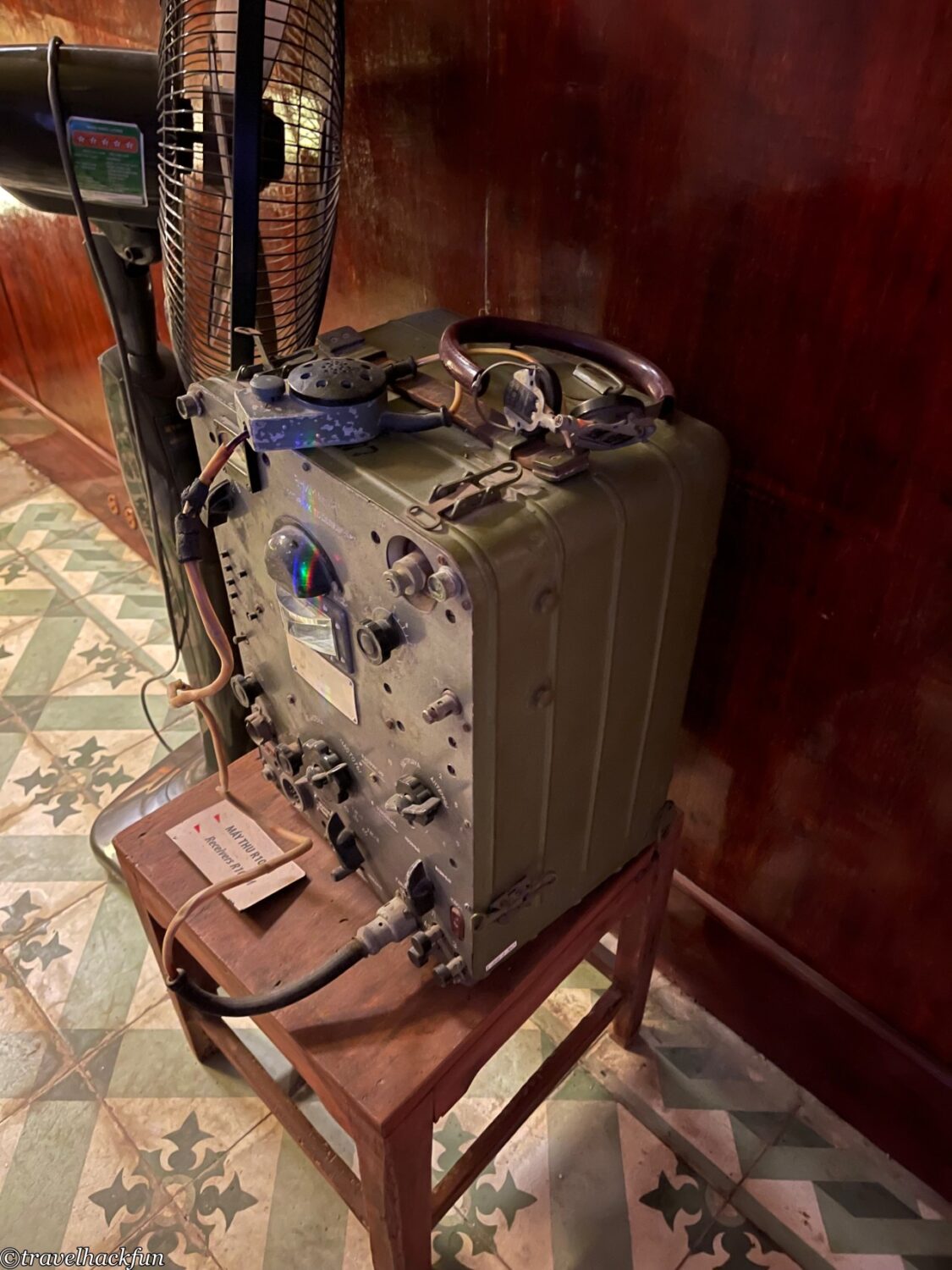
![Hanoi, Vietnam] Thang Long Imperial Citadel | The Imperial Palace of Vietnam spanning 1300 years 61 Thang Long Imperial Citadel, Thang Long Imperial Citadel 60](https://blog.travelhackfun.com/wp-content/uploads/2024/01/Hanoi-517-1125x1500.jpeg)
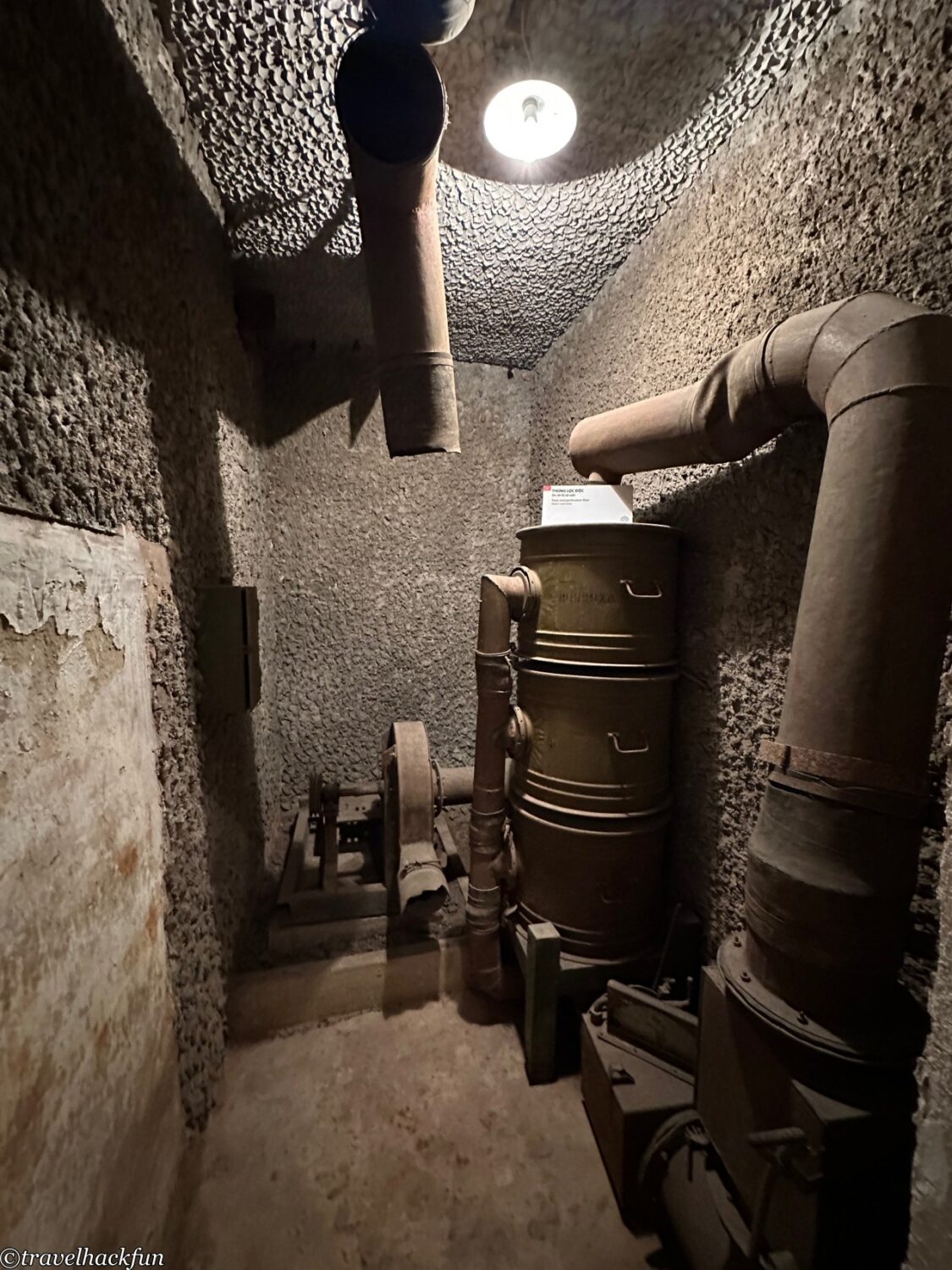
![Hanoi, Vietnam] Thang Long Imperial Citadel | The Imperial Palace of Vietnam spanning 1300 years 63 Thang Long Imperial Citadel,Thang Long Imperial Citadel 62](https://blog.travelhackfun.com/wp-content/uploads/2024/01/Hanoi-546-1125x1500.jpeg)
![Hanoi, Vietnam] Thang Long Imperial Citadel | Vietnam's Imperial Palace spanning 1300 years 64 Thang Long Imperial Citadel, Thang Long Imperial Citadel 63](https://blog.travelhackfun.com/wp-content/uploads/2024/01/Hanoi-550-1125x1500.jpeg)
![Hanoi, Vietnam] Thang Long Imperial Citadel | Vietnam's Imperial Palace spanning 1300 years 65 Thang Long Imperial Citadel, Thang Long Imperial Citadel 64](https://blog.travelhackfun.com/wp-content/uploads/2024/01/Hanoi-547-1125x1500.jpeg)
![Hanoi, Vietnam] Thang Long Imperial Citadel | Vietnam's Imperial Palace spanning 1300 years 66 Thang Long Imperial Citadel, Thang Long Imperial Citadel 65](https://blog.travelhackfun.com/wp-content/uploads/2024/01/Hanoi-548.jpeg)
![Hanoi, Vietnam] Thang Long Imperial Citadel | Vietnam's Imperial Palace spanning 1300 years 67 Thang Long Imperial Citadel, Thang Long Imperial Citadel 66](https://blog.travelhackfun.com/wp-content/uploads/2024/01/Hanoi-549.jpeg)
Further reading
Thank you for visiting our website.
All the content on this site is original and shared with the purpose of providing valuable information. We sustain the operation of this site through a small amount of advertising and sponsored links. If you click on links to third-party merchants on our site and make purchases, we may receive a portion of the sales as a commission. If you click on links to third-party merchants on our site and make purchases, we may receive a portion of the sales as a commission.
Find more posts on a map Here.
My recommended resources for hotel bookings.
Recommended travel credit card for US-based travelers
Travel with just a backpack!
Buy me a coffee and support my contents!
If you are interested in quoting this article or using any part of its content and images on your website or publication, please contact us via email to request permission.